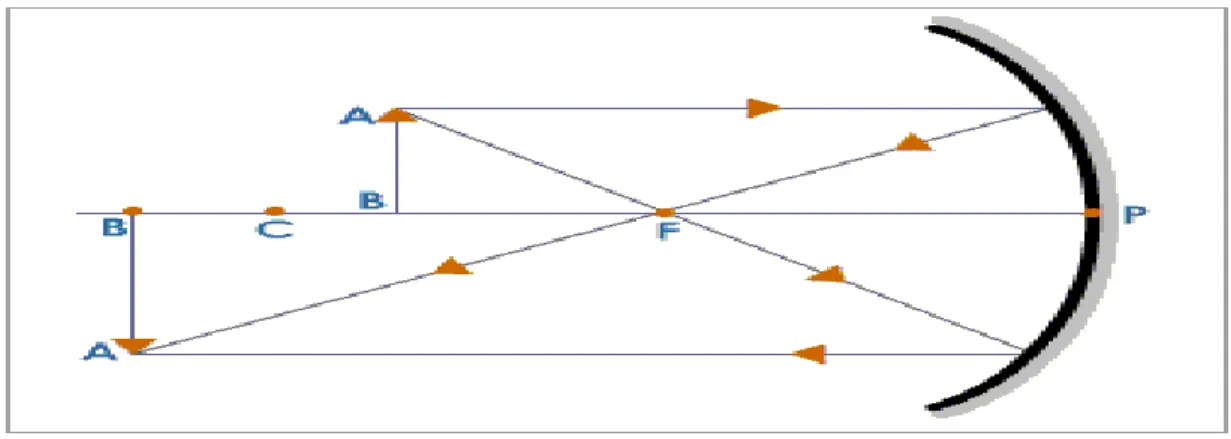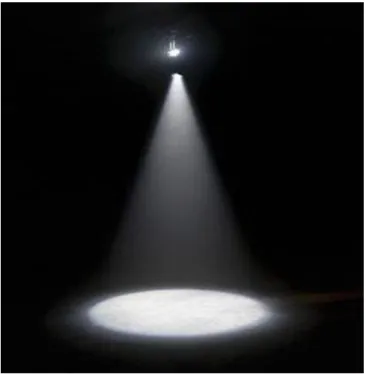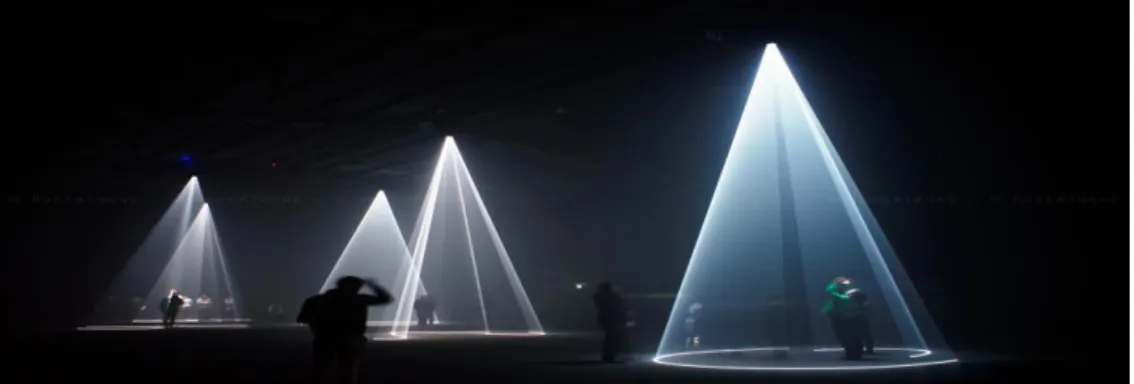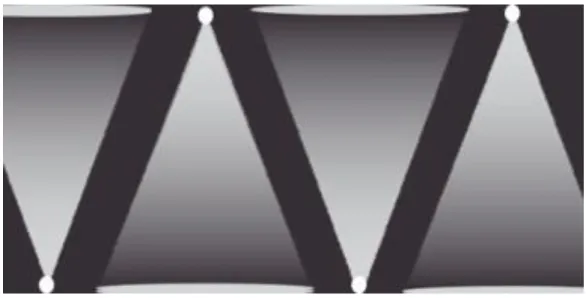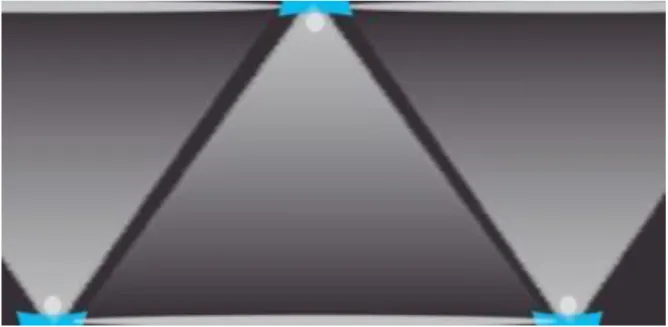This project/internship titled “Design and Develop a System to Improve the Range of Li-Fi”, by A. Abu Faisal Naeem, ID no. in the Department of Computer Science and Engineering, Daffodil International University, has been accepted as satisfactory for partial fulfillment of the requirements for the degree of B.Sc. Department of Computer Science and Engineering Faculty of Science and Information Technology Daffodil International University.
Abu Faisal Naeem ID at the Department of Computer Science and Engineering, Daffodil International University, under the guidance of Professor Dr. Touhid Bhuiyan, Professor and Head of the Department of Computer Science and Engineering, as well as other faculty members and staff members of Daffodil International University's CSE Department, for their assistance in completing my dissertation. From different research, Li-Fi can cover its range almost 10 meters and close to that.
As discussed, the area of Li-Fi covers almost 10 meters which is not good enough to use in domestic or office or large halls like auditorium or conference room. In a newly designed system, mirror tries to improve coverage distance normally covered by Li-Fi at present and better position helps to reduce the use of LED, which is proved both theoretically and mathematically by this research.
INTRODUCTION
- Background of The Thesis
- Aim of The Research
- Research Methodology
- Conclusion
Wi-Fi is the most popular in today's world, but the new advancement of Wi-Fi is Li-Fi. Wi-Fi routers are devices that use Wi-Fi to transfer data. It can be seen from the table that Li-Fi has many advantages such as speed, security and most of them are used by the place which is a very research area.
But for research the number of options is open but for the proposed system use is mirror because it is available in the market more and the price is affordable. For that, from properties of solid thinners, this area increases with the increase of angles created by this property. Lights used in the household are set up in the upper part, which is called the ceiling of the house.
The light is projected in the form of a cone if it is installed with a ceiling. To improve the covering area with less LED has to raise the angle that produces of the cone. More improvement in angle covering more area and it will be done by mirror.
From the newly designed system, the expected output is that the coverage area of Li-Fi is more than present. Newly proposed a model to increase the distance of Li-Fi and mathematical calculations will show that the result will prove or not. To suggest a method, use a concave mirror and get a better result due to its low cost.
By using a mirror, it reflects more light, and the Li-Fi ranges are also increased, which is in the expected result of this research.
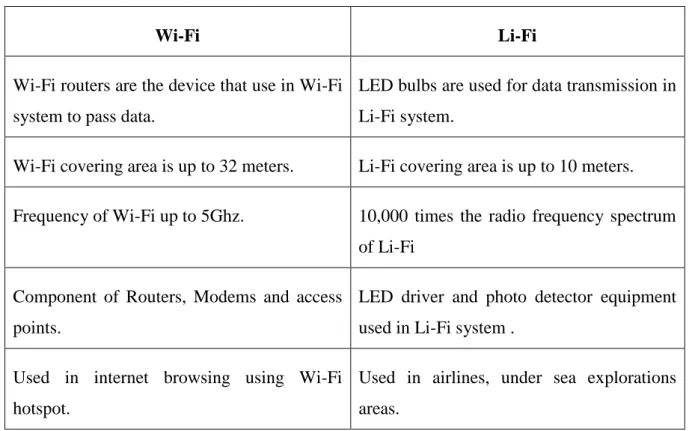
REQUIREMENT ANLYSIS
- Introduction
- Existing System
- Proposed system requirement analysis
- Conclusion
To improve coverage range, research will also look to reduce the use of LEDs in systems. It is clear that as the light covers a larger area, the concave surface of Li-Fi also increases. Various studies show that the use of LED increases the light range by increasing the intensity of LED.
Another way is to supply more voltage to the LED, which will also help increase the intensity of the LED. Taking less will cause another problem, so the new system doesn't depend on LEDs. Using a lens will increase the intensity of the light, but the problem is availability and cost.
Mirror is available in the normal market and the cost of mirror is more affordable and also less than lens. But must examine which one is good for the system and which one must face problem. It is also looking at that future of the system that uses in the system.
By examining and looking for different things aspects mirror is the new equipment that is more useful and useful to improve the system.
SYSTEM DEVELOPMENT
- Introduction
- Overview of Research
- Use of mirrors in system
- Convex mirror
- Electromagnetic wave
- Luminous Flux and intensity
- Projection of Light
- New LED Positioning
- Techniques of improving angles
- Conclusion
Since mirrors reflect light from the source to the object, they can be used by placing them at an effective angle so that the LED light can be reflected and received by another mirror and so on [4][5]. Daffodil International University 10 The result of projecting light to produce a normal from a cone. From the above equation, it can be argued that as the angle is raised, the area increases.
To obtain the expected result, the concave mirror is used for its light reflecting and image forming properties. As previously mentioned, concave mirrors reflect light away from the source and inward to a focal point. A concave mirror creates a new image after the reflection is inverted, just like the image and the size of the image is larger than the original.
Daffodil International University 11 The light projection from the characteristics indicates that the ceiling will be in the shape of a cone. Suggest another technique to set the light already attached to the router to reduce the number of LEDs. From figure 3.7 it can be said that positioning of LED plays an important role to form new system. Concave mirrors reflect light from the source inward to a single focal point, depending on their qualities.
Now it can be taken into account that the equation shows that larger angles will cover a larger area. From the principle, the light projection can be seen in several figures, there is a darker area near the cone. The positioning of the light and mirror help extend the range of Li-Fi and its theoretical process is discussed in this chapter.
Using the knowledge and using the mirror with the right positioning of the LED will help to design a system that will increase the range of Li-Fi coverage.
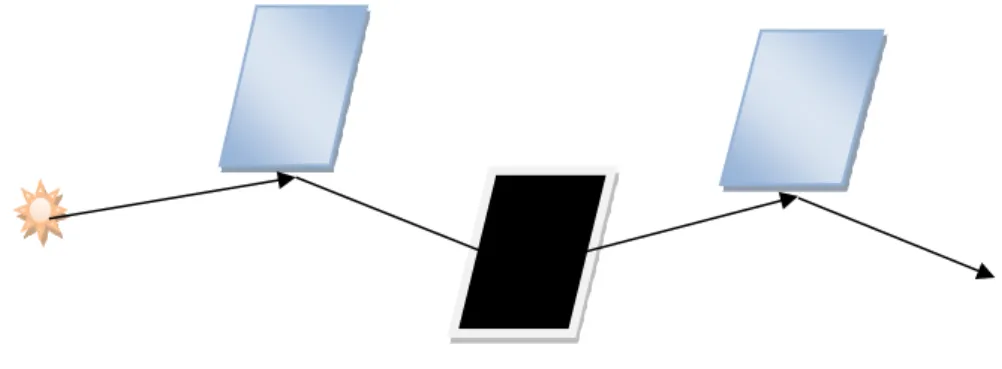
MATHEMATICAL RESULT ANALYSIS
- Introduction
- Outcome Result
- Increasing Covering Greater Area
- Conclusions
From the mathematical calculation, 28.125 cm is the distance to the image and get the image's front of the LED is 5.625 cm. Solving the equation says that a new image that produces its height is 13.90 cm and the image is larger than the size of the LED is 2.625 cm. Due to the features of the concave mirror, a larger LED can project light at a greater angle than a smaller one, and a larger LED has more intensity.
From the figure 4.1, the image height remains larger than the actual LED size, as can be seen. The enhanced image was also built 5.625 cm in front of the real LED, improving the LDE's coverage range. Above figure 4.2 tells that the concave mirror always gives more space where the LED is placed, as can be seen.
The shapes of light projection are a cone and inside a sphere with radius R, which is also the side of the cone, according to the characteristics of light and light projection. Daffodil International University 16 Consider for cone 01, h given as height and r define the radius of the cone,. It can be deduced from the solution of the above equation that as the angle increases, the area and volume will also increase more.
It can be said that, by using a mirror to get a wider angle, the angle will be widened, covering more area and, in 3D, covering more space of the room. Increasing the coverage area of Li-Fi, the method proposed theoretically in advance and attempts to prove in mathematical ways. Find the image and its length and by comparing it with the normal position, find out the best and largest image and find the mathematical solution that helps to prove the mathematical solution of the search.
SYSTEM’S IMPACT IN LIFE
- Introduction
- Impact on Society
- Impact on Environment
- Ethical Aspects
- Conclusion
- SWOT ANALYSIS
- SWOT Analysis
- Conclusion
- CONCLUSION
- Conclusions
- Further Suggested Study
Li-Fi is a newly developed system and it has an impact in life, society and environment. Through SWOT analysis it is easy to find out the strength of a system as well as weakness of system and the opportunity of system and the threat of the system. Through SWOT analysis, it is easier to find out those things and find the focus thing of the system to build the system.
In wireless communication system, Li-Fi is the updated technology that brings a new era of data transmission and reception. It's probably better to say it's early days of Li-Fi research. If you're trying to test Li-Fi in real life, it's easy to tell what's the strength and working range and what type of problem you're facing.
Increasing the range of Li-Fi one of the areas where work can be done in the future and real-life testing faces difficulties [27]. The use of Li-Fi will increase and the use of Li-Fi will spread throughout the world. But when the use of Li-Fi spreads throughout the word, people face a problem that Li-Fi has added to the present.
This troubleshooting will make the Li-Fi system more popular among the whole world. Li-Fi is currently being developed for single rooms, but for large rooms more LEDs are needed. Currently, it is known that the light source of LED is the main medium for transmitting data to the Li-Fi system.
Increasing intensity level places an important part and try to find another method that is easier than it is another point to research.
20] On the concave mirror, available at << https://www.sciencedirect.com/topics/engineering/concave-mirror >>. 21] Properties of a concave mirror, available at << http://physics.bu.edu/~duffy/sc528_notes08/concave_images.html. 22] On Electromagnetic Waves, available at << https://www.khanacademy.org/science/ap-chemistry/electronic-structure-of-atoms-ap/bohr-model-hydrogen-ap/a/light-and - electromagnetic spectrum.
31] Disadvantages of Li-Fi, available at << https://www.electronicproducts.com/li-fi-vs-wi-fi-which-is-better/.
Plagiarism Report

